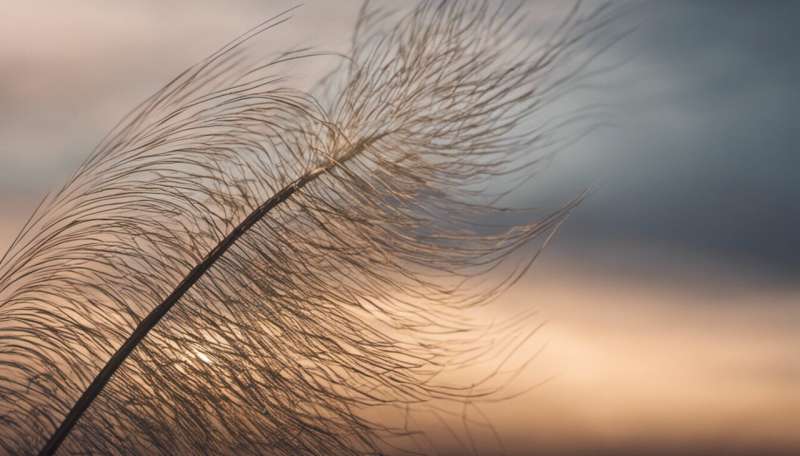Consumer health: What are head lice?

An estimated 6–12 million infestations of head lice occur each year in the U.S. among children ages three to 11, according to the Centers for Disease Control and Prevention.
Head lice are tiny insects that feed on blood from the human scalp. Head lice don't carry bacterial or viral diseases, and having head lice isn't a sign of poor personal hygiene or an unclean living environment.
Head lice crawl, but they can't jump or fly. They most often affect children and are spread primarily by direct head-to-head contact. The risk of spreading head lice is greatest among children within a family or who have close contact at school or play. Head lice also may spread when items of clothing are stored together. For example, hats or scarves hung on the same hook or stored in the same closet or school locker could serve as vehicles for spreading lice.
Common signs and symptoms of head lice may include:
- Itching. The most common symptom of head lice is itching on the scalp, neck and ears. This is an allergic reaction to louse bites. When a person has head lice for the first time, itching may not occur for four to six weeks.
- Lice on scalp. You may be able to see the lice, but they're often hard to spot because they're small, avoid light and move quickly.
- Lice eggs, or nits, on hair shafts. Nits stick to hair shafts and may be hard to see because they're very tiny. They're easiest to spot around the ears and the hairline of the neck. Empty nits may be easier to spot because they're lighter in color and further from the scalp. However, the presence of nits doesn't mean there are live lice.
- Sores on the scalp, neck and shoulders. Scratching can lead to small, red bumps that may sometimes get infected with bacteria.
If you suspect someone in your household has head lice, see a health care provider to confirm that head lice are present before you begin treatment. Studies show that many children have been treated for head lice with nonprescription medications or home remedies when they didn't have lice.
Treatment of head lice can include medications and home treatments.
Your health care provider likely will recommend a medication available without a prescription that kills lice and some of the nits. Medications without a prescription include permethrin, or Nix, and ivermectin, or Sklice.
In some regions, lice have developed resistance to nonprescription medications. Nonprescription treatment also may fail because of incorrect use, such as not repeating the treatment at an appropriate time. If the correct use of a nonprescription treatment has failed, your health care provider may recommend a prescription treatment. Prescription medications include spiosad, or Natroba; malathion; and prescription-strength ivermectin, or Stromectol.
If you prefer not to use a medication for treating head lice, you may consider a home treatment. However, there's little to no clinical evidence that home treatments are effective, and some can be dangerous.



















